The unverified Q2 2024 recycling figures released by the Environment Agency indicate strong recycling performance, with all materials exceeding 50% of their recycling obligation. Here's our review of 2024 H1 performance.
It's useful to quickly look back to 2023 to understand how the scene was set for 2024. In 2023, all materials achieved in-year compliance except glass aggregate, but this shortfall was made up with excess glass remelt. The surplus of materials was significantly up on the previous year and has put less pressure on achieving compliance for 2024, as the excess PRNs produced in December 2023 were carried into 2024.
2023 recycling performance and 2024 carry-in (tonnes)
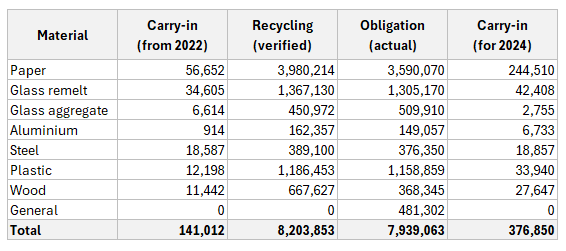
2024 recycling targets
To further set the scene, the 2024 packaging recycling targets were largely unchanged from 2023 – with the major exception of wood which rose from 35% to 42%. As such, PRN prices were generally expected to soften in the 2024 compliance year. This expectation was further compounded by the relatively high volume of carry-in from 2023.
2023 vs 2024 recycling targets
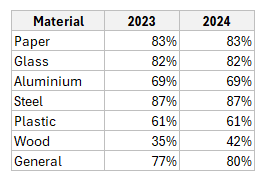
The lack of ambitious targets left some industry voices warning that we could see major decreases in plastic PRN prices versus last year's highs of around £400. This has so far proved to be true.
Recycling performance in H1 2024
Overall, the Q2 data shows that recycling performance was strong in H1 2024. Factoring in carry-in from 2023, we are currently at 56% of obligation achieved – 6% ahead of target. Aluminium and glass remelt have had the slowest starts, but waste arisings should improve as we enter the summer months. Wood, as ever, takes the crown with 67% of obligation achieved.
Q2 2024 recycling performance (tonnes)

What does this mean for producers?
Glass - Medium risk
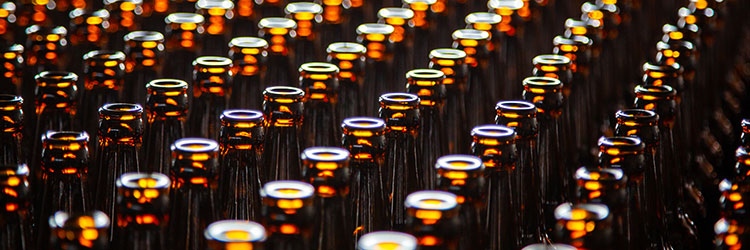
Glass recycling has had a turbulent start to the year. A number of new entrants to the aggregate market has meant strong availability and a softening of prices throughout the first half of 2024. In a typical compliance year, there is a shortfall in aggregate PRNs which needs to be supplemented by remelt PRNs. Similarly, with a re-alignment in glass PRN target splits and better Q2 performance vs last year (+5.6%), prices look set to continue on a downward trajectory through the second half of 2024.
Glass recycling target split

Conversely, glass remelt has had a more difficult start to the year. Availability has not been as strong as aggregate and the monthly data suggests that this is a fairly poor performance pre Q2 data. With this in mind, prices have steadily increased through the first half of 2024.
Waste arisings look positive for the second half of 2024 with increases expected in through-put from the Euros, Wimbledon and Olympics, all happening this summer. We expect prices to soften through the second half of 2024 but remelt will likely remain a high-risk material for the rest of the compliance year.
Aluminium - Medium risk
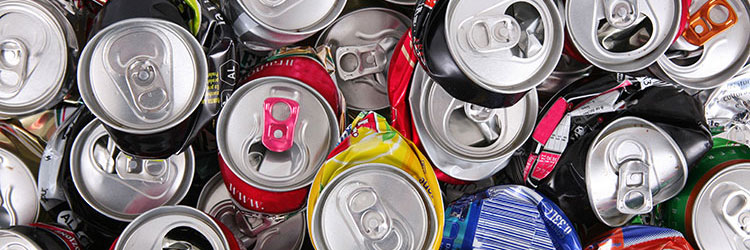
With extremely low prices at the end of the 2023 compliance year, aluminium has had limited availability through the first half of 2024 as many reprocessors held off for higher prices. As a result of this, prices rose to similar levels seen earlier in 2023.
However, prices suddenly dropped by around 25% in one trading day in June. This price correction decreased aluminium prices by nearly 50% in the course of a week and has now reached a more balanced level. Similar to glass remelt, waste arisings continue to look positive for the second half of 2024 with major sporting events taking place.
The monthly data remains above average for the last five years and record Q2 data suggests that price will continue to soften in the second half of 2024.
Steel - Medium risk

Steel performance has generally been positive throughout the first half of the year. Although slightly behind target, there are no major concerns regarding in-year compliance. With the announcement from Tata Steel of the closure of the 1st blast furnace, there has been a slight nervousness in the market which has caused the PRN price to increase by around 30% in the last few weeks.
The Q2 unverified data had steel down 7.8% vs last year whilst also producing the worst performance in the last five years. We expect prices to rise as a result of this, but we do not expect the prices to stay high for a sustained period.
Plastic - Low risk

After a turbulent 2022 and 2023, plastic has had a period of good through-put, strong recycling data (the best in the last five years to date) and has benefited from a strong 2023 carry-in. Price peaks have been short-lived, and prices have generally been stable compared to the volatility seen in previous years.
There is very little to suggest any further major changes in the second half of the year and little to no risk of not achieving compliance given the strong carry-in and performance to date. The Q2 unverified data was also strong and only second to 2020 Q2 within the last five years.
Paper - Low risk
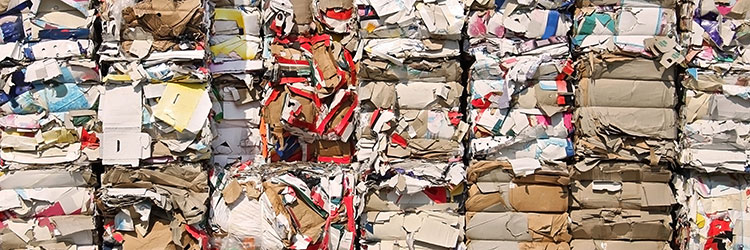
Similar to 2023, paper has had a good start to 2024 with strong monthly data combined with exceptional carry-in. Whilst 2023 started with high prices, we entered 2024 at a much lower price point. Notwithstanding macroeconomic factors at play, including the Red Sea Shipping Crisis in export-heavy materials, paper looks likely to remain low throughout the rest of the year. The continued strong performance in the quarterly data has resulted in the best performance in the last five years.
Wood - Low risk
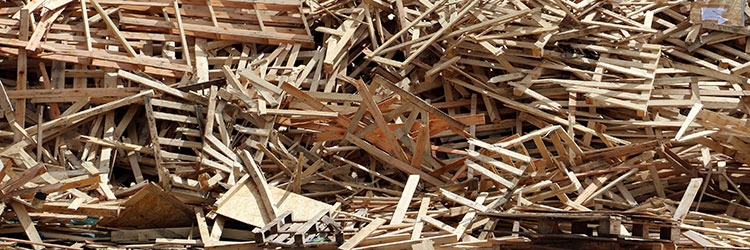
Wood follows a similar trend to paper where prices have remained stable and low since the start of the compliance year. It continues to perform well against its recycling target (which has increased by 7% year on year) and needs to continue this performance to fulfil the general obligation alongside paper. Whilst the Q2 unverified data was weak and unexpected, this may be due to under-reporting and is unlikely to dramatically raise prices long term.
Looking ahead to the second half of 2024
We will continue to communicate the changes in the PRN market throughout the year. Our members can understand the dynamics of the market with our interactive PRN market insights dashboard in the Ecosurety Hub. This provides a daily and year-to-date average material price and sophisticated insights into PRN market dynamics. This is updated daily to provide you the most up to date information.






